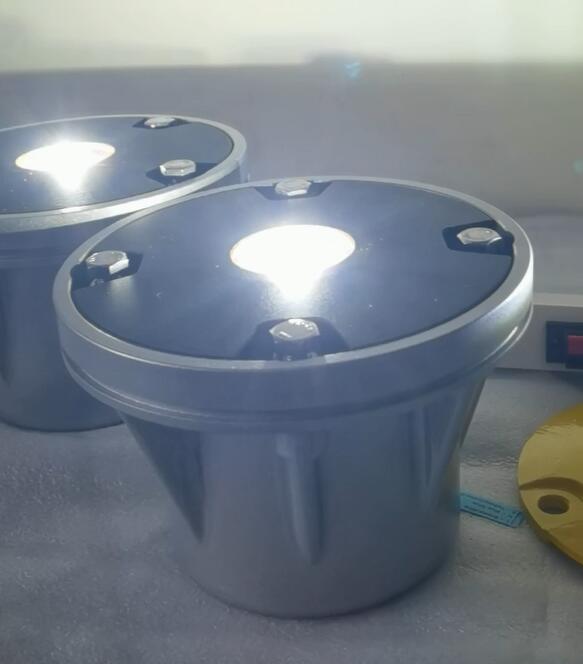In the dynamic world of aviation, where precision and safety are of utmost importance, the helipad lighting system emerges as a crucial element that ensures seamless operations. This specialized lighting setup is not just a collection of lights; it is a sophisticated system that plays a vital role in guiding helicopters and safeguarding the lives of those on board.
The helipad lighting system is designed to provide clear visibility and guidance to pilots during all stages of flight. Whether it's a routine landing or a critical emergency response, these lights serve as beacons in the sky, directing the way for helicopters.
At the heart of this system are the perimeter lights. Strategically placed around the edges of the helipad, these lights create a distinct visual boundary. Pilots can easily identify the landing area from a distance, thanks to the bright and consistent illumination provided by the perimeter lights. These lights are often of a specific color, such as white or yellow, which stands out against the surrounding environment and provides a clear indication of the helipad's location.

The touchdown zone lighting is another essential component. Located precisely where the helicopter's wheels make contact with the ground, these lights offer crucial guidance during the landing phase. They are designed to be extremely bright and focused, enabling the pilot to accurately judge the landing spot. This not only enhances safety but also reduces the risk of damage to the aircraft and the helipad.
Approach lighting is yet another significant aspect of the helipad lighting system. Positioned along the approach path, these lights help pilots determine the correct angle and altitude for landing. They can be adjusted to provide different levels of illumination depending on various factors such as time of day, weather conditions, and the specific requirements of the flight. Approach lights often consist of a combination of fixed and flashing lights, creating a dynamic visual cue that guides the pilot towards the helipad.
| TYU | ED | 67T |
In addition to providing visibility, the helipad lighting system also serves as an important safety feature. In case of an emergency, these lights can be used to signal for help. They can be programmed to flash or change color to indicate different situations, alerting rescue teams and other relevant parties. This quick and effective communication can be a matter of life and death in critical situations.
The helipad lighting system is also designed to be highly durable and reliable. It must be able to withstand the harsh elements of nature, including strong winds, heavy rain, snow, and extreme temperatures. The lights are made of high-quality materials that are resistant to corrosion and impact, ensuring that they continue to function properly even in the most challenging conditions.
As technology continues to advance, the helipad lighting system is becoming more sophisticated and intelligent. Modern systems may incorporate features such as automatic dimming, which adjusts the brightness of the lights based on ambient light conditions. This not only saves energy but also ensures that the lights are always at the optimal level of visibility. Additionally, some systems may be equipped with sensors that can detect the presence of a helicopter and automatically turn on the lights, providing instant illumination when needed.
Moreover, the helipad lighting system can also be integrated with other aviation technologies to enhance safety and efficiency. For example, it can be connected to air traffic control systems to provide real-time information about the status of the helipad and incoming flights. This seamless integration can help in coordinating flights and ensuring smooth operations.
In conclusion, the helipad lighting system is a remarkable combination of technology, safety, and functionality. It is an essential component of helicopter operations, providing the visibility and guidance that pilots need to execute safe landings and takeoffs. As the aviation industry continues to evolve, we can expect the helipad lighting system to become even more advanced, playing an increasingly important role in ensuring the safety and efficiency of helicopter flights. Whether it's a commercial helicopter transporting passengers or an emergency medical service responding to a crisis, the helipad lighting system will continue to illuminate the skies and safeguard the journey of those who take to the air.